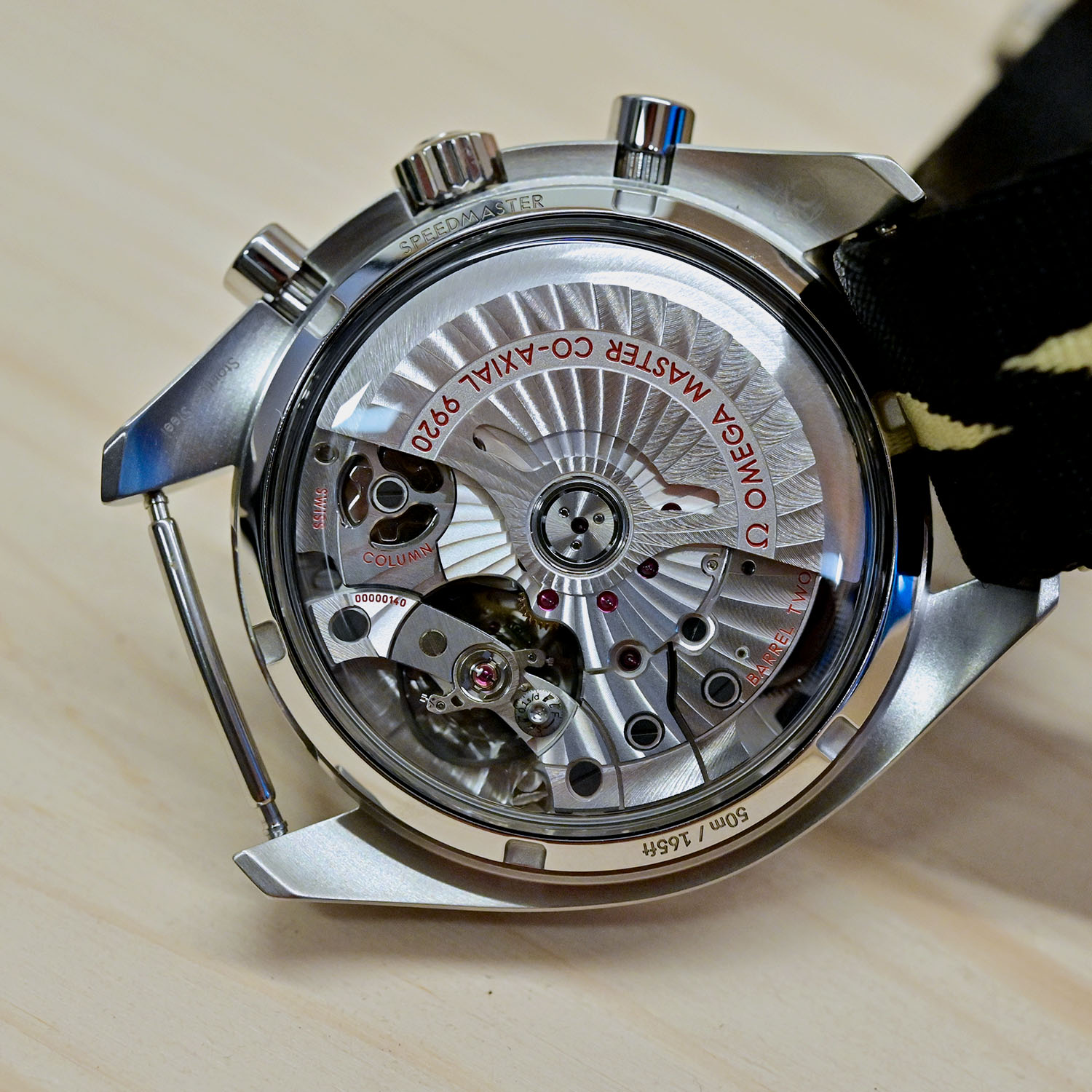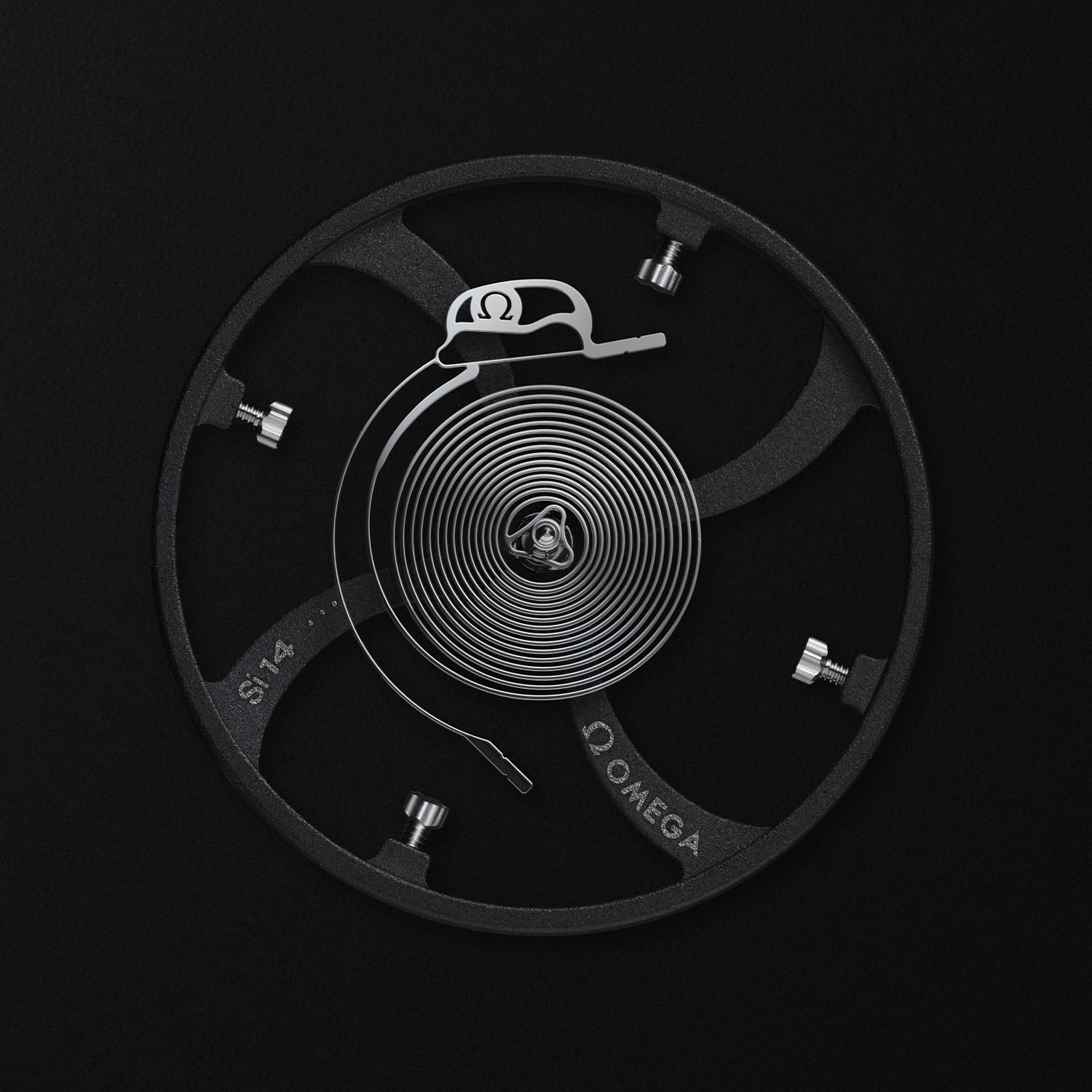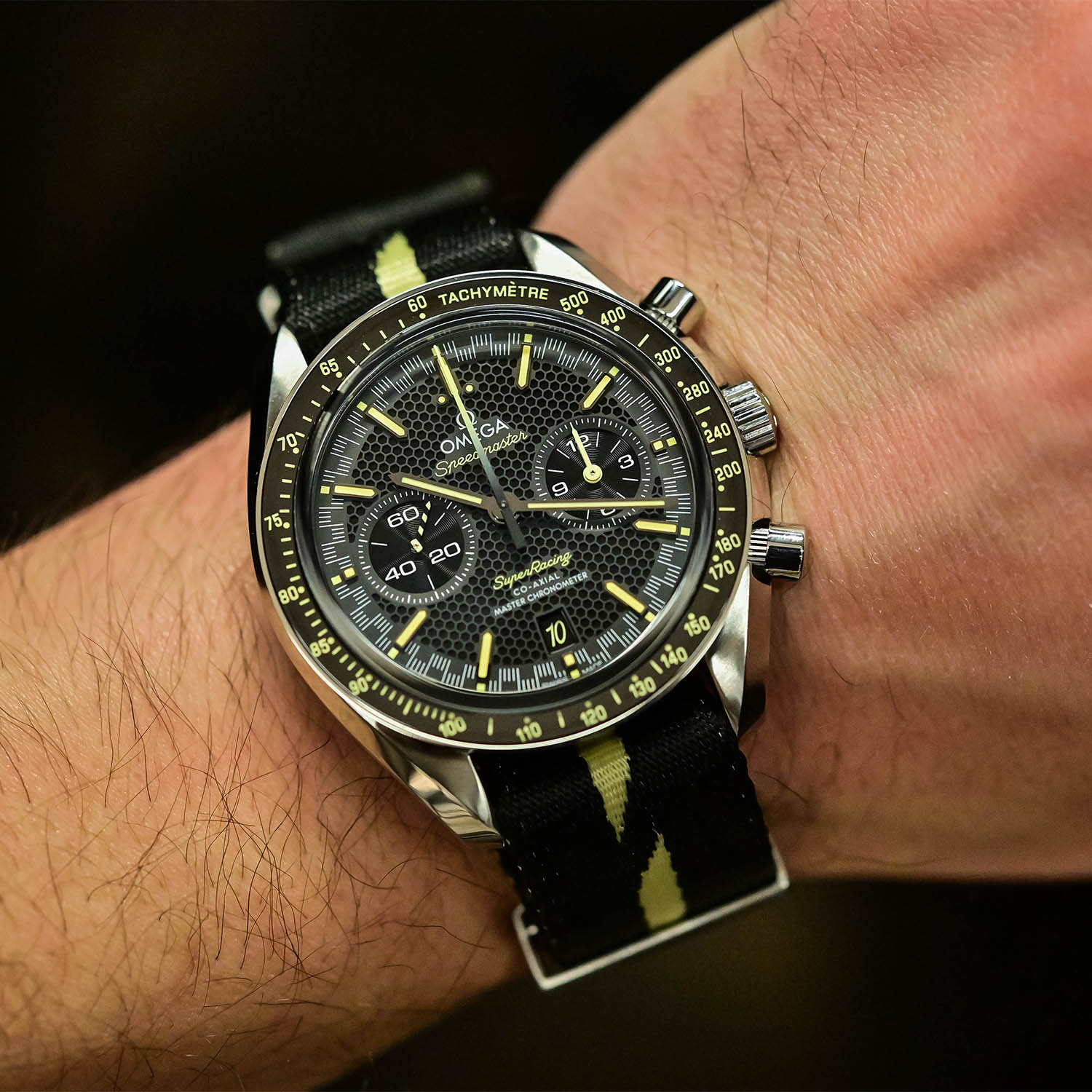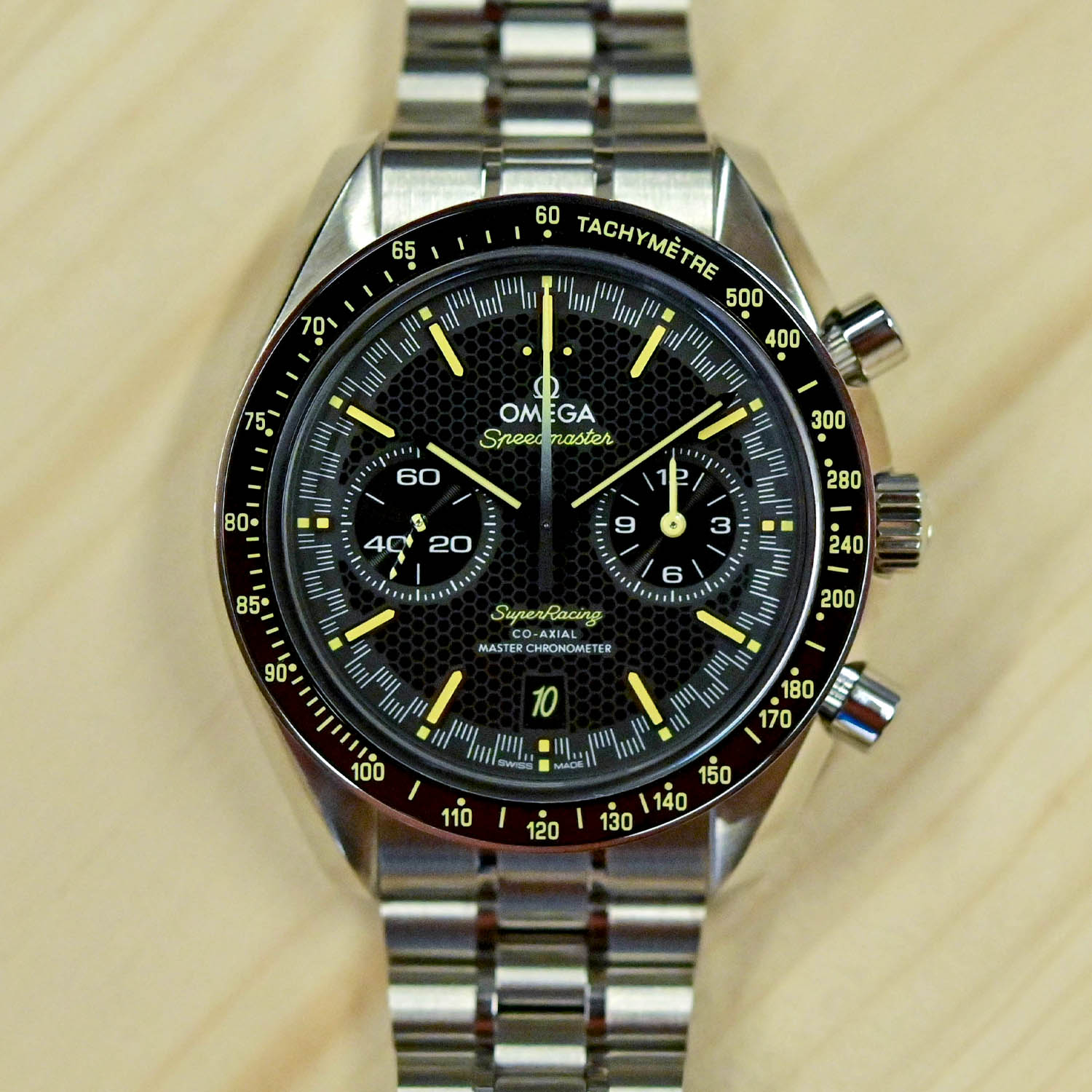The Omega Speedmaster Super Racing and The Spirate System
Understanding Omega's latest innovation in the field of precision, the Spirate System (yes, it's a small revolution for fine-tuning)
A tiny device that makes a massive change… This is how Omega teased its latest technical development, and the watch to house it. The technical achievement in question has a name, it’s the Spirate System. The watch to feature it too, it’s the Omega Speedmaster Super Racing. And we introduced both to you in an article last week, with quite some details. However, this new device that allows ultra-fine tuning of the rate of the watch isn’t really simple to understand. The result and the way to use the Spirate System in real life, for the watchmakers, is extremely efficient. There is true watchmaking science behind it, however. And in this respect, a video will always be more precise than static images to understand such technical topics. Hence why we decided to bring you all the details about the Speedmaster Super Racing and the Spirate System in a video that you can look at right here, on top of this article.
What is the Spirate system…? It is a new technical development that allows Omega to set new standards in the field movement adjusting. We’re talking about enhanced accuracy thanks to a fine-tuning system, allowing to adjust the movement in increments of only 0.1 seconds per day. And overall, it results in an accuracy between 0 and +2 seconds per day. But this Spirate system alone isn’t enough. It’s a new layer of quality and precision on top of all the previous innovations that have been created by Omega.
Omega, with its anti-magnetic technology and the ultra-demanding Master Chronometer standard, has set a new benchmark for the industry. It is the result of many innovations, concerning multiple components of the watch. The co-axial escapement, the silicon hairspring, the 15,000-gauss anti-magnetic movement (everything is explained in these articles here and here). And all for the sake of precision. Until now, with Master Chronometer, watches at Omega were regulating between 0 and +5 seconds a day. It is now between 0 and +2 seconds per day, which could well be the most strigent standard of the industry – at least when it comes to mainstream luxury watches, produced at industrial scales.
How is Omega able to achieve this? The Spirate system is composed of a silicon hairspring with new geometry, with an articulated structure that allows the watchmaker to act on the stiffness of the hairspring’s attachment point. This is done through an eccentric adjustment mechanism located on the balance bridge. It comes in addition of the regulating screws on the variable inertia balance wheel, and allows ultra-precise and easy regulation of the rate. The result is a watch that is, of course, still highly anti-magnetic, and Master Chronometer certified by METAS, yet with the new “0 and +2 seconds a day” standard. And important to know that Omega will gradually bring this technology in other movements in the future, as the module can easily be adapted to existing calibres.
And this video is also the right moment to see the new watch in action, the Speedmaster Super Racing. A watch based on an existing Speedmaster Racing concept, it shares multiple identical features – the case, the proportions, the base calibre, the display – and adds a layer of exclusivity with a laser-etched sandwich dial and its bold black-and-yellow accents. But you’ll be able to have all the details about the watch in our previous article here, and of course in the video. The most important here is the Spirate system, which might look simple, but it’s actually very clever and technically complex. A bit over-engineered. But that’s what you expect from Omega… Once again, the brand sets new standard of precision and industrialisation.
More details at omegawatches.com.










2 responses
Cool
So to be clear: Is this an Omega = Swatch Group innovation or a CSEM (=Rolex, Patek and Swatch Group) innovation?
Are you saying that by adding the adjustment function to the silicon hairspring Swatch/CSEM have managed to keep blocking other companies’ use of silicon hairsprings despite the original silicon hairspring patent having already expired?
Or do you mean that they just maintain their advantage as now they can regulate the silicon hair springs, meaning that all other companies bringing out silicon hair springs will be inferior since they have no adjustment? (Not to mention CSEM companies have filed many additional patents for different other aspects of silicon hairsprings like production processes, treatments, etc.)
Also, Omega (so Swatch) unveiled their adjustable silicon hairspring…but does Swatch now own the patent on the adjustable silicon hair springs or are Patek and Rolex also able to introduce them? So was this an achievement of CSEM or Swatch Group? Which is the case:
-Have they (CSEM: Swatch, Patek & Rolex) all developed this together, is this again a joint patent?
-Or was this new development Swatch acting alone? Have Rolex and Patek been developing their own solution? Any info on when they might introduce theirs?
-Or have Rolex and Patek been caught off-guard and will have to play catch up and develop their own equivalent system, which will take years?